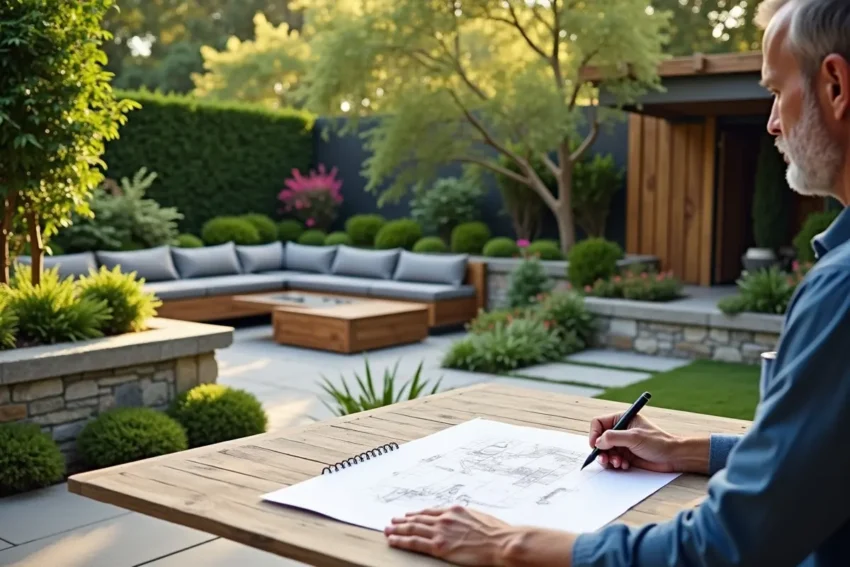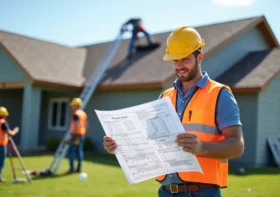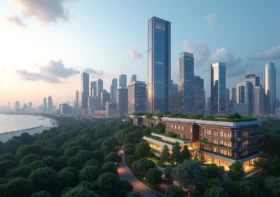How Functionality Shapes Outdoor Living Spaces

When designing an outdoor living space, aesthetics often capture the initial attention. However, true value lies in functionality; the way a space is used, navigated, and enjoyed.
A well-planned outdoor area balances beauty with purpose, ensuring that every feature contributes to comfort, convenience, and lifestyle. In this blog, we explore how functionality shapes outdoor living spaces and why thoughtful design choices make all the difference.
Contents
Understanding the Role of Functionality
Functionality in outdoor living spaces is about more than just fitting furniture and decor. It involves considering the daily use of the space, movement patterns, and the activities it needs to support. For example, a family that enjoys entertaining guests will prioritize seating arrangements, weather protection, and accessibility, whereas someone seeking a personal retreat may focus on privacy, tranquility, and ergonomic design.
Incorporating functionality ensures that the space remains practical and enjoyable year-round. Pathways, storage areas, and seating zones should be arranged to encourage natural flow, reduce clutter, and accommodate both planned and spontaneous activities. When functionality is central to design, the outdoor area becomes an extension of the home rather than a decorative afterthought.
Zones and Layouts: Defining Purpose
One of the most effective ways to enhance functionality is by defining distinct zones within the outdoor space. These zones may include dining areas, lounging sections, cooking spaces, and play zones. By creating a layout that clearly delineates these areas, homeowners can facilitate multitasking and simultaneous use by multiple groups of people.
For instance, a dining area near the kitchen ensures ease of serving food, while a lounge area set slightly apart offers a quieter retreat. Thoughtful placement of elements like fire pits, pergolas, and seating can guide movement naturally and prevent overcrowding. Even small changes in layout can significantly improve the comfort and usability of the space.
Integrating Practical Features
Functional outdoor living spaces rely on features that support everyday use. Storage solutions, lighting, weather protection, and durable materials all contribute to usability. Built-in seating with storage, retractable awnings, and low-maintenance surfaces reduce effort while enhancing enjoyment. Lighting, for example, not only creates ambiance but also improves safety and visibility, extending the usability of the space into the evening.
For families and entertainers, practical features such as easy-to-clean surfaces, ample counter space, and sheltered areas are indispensable. These elements allow outdoor spaces to function seamlessly, regardless of the weather or the time of day.
Outdoor Kitchens: A Perfect Example
A standout example of functionality enhancing outdoor living is the integration of a custom outdoor kitchen. This feature combines cooking, dining, and socializing into a single versatile zone. Homeowners can prepare meals while interacting with guests, making the space both practical and socially engaging. Hiring a professional outdoor kitchen landscaper ensures that appliances, counters, and storage are positioned for maximum convenience, creating an efficient workflow and a visually appealing setup.
Outdoor kitchens also encourage a lifestyle that blurs the line between indoor and outdoor living. With thoughtful placement of grills, sinks, and prep areas, these kitchens can support both casual family dinners and larger gatherings, highlighting how functional design elevates the overall outdoor experience.
Balancing Style and Function
While functionality is crucial, it does not have to come at the expense of style. In fact, integrating function and aesthetics often enhances the beauty of the space. Choosing materials that are both durable and visually appealing, selecting furniture that is comfortable yet stylish, and using landscaping to guide movement all contribute to a cohesive design that is both practical and pleasing.
Ultimately, the goal is to create an outdoor environment that feels intuitive and effortless to use. A well-designed functional space invites activity, encourages relaxation, and fosters connection, turning any backyard, patio, or garden into a true extension of the home.
In Summary
Functionality is the cornerstone of successful outdoor living spaces. By focusing on practical layouts, integrating purposeful features, and considering daily use, homeowners can create areas that are not only beautiful but also highly usable.
From well-planned zones to the addition of an efficient outdoor kitchen, functionality ensures that outdoor spaces truly serve the lifestyle they are intended to support. Thoughtful design transforms these areas into places of enjoyment, comfort, and lasting value.



